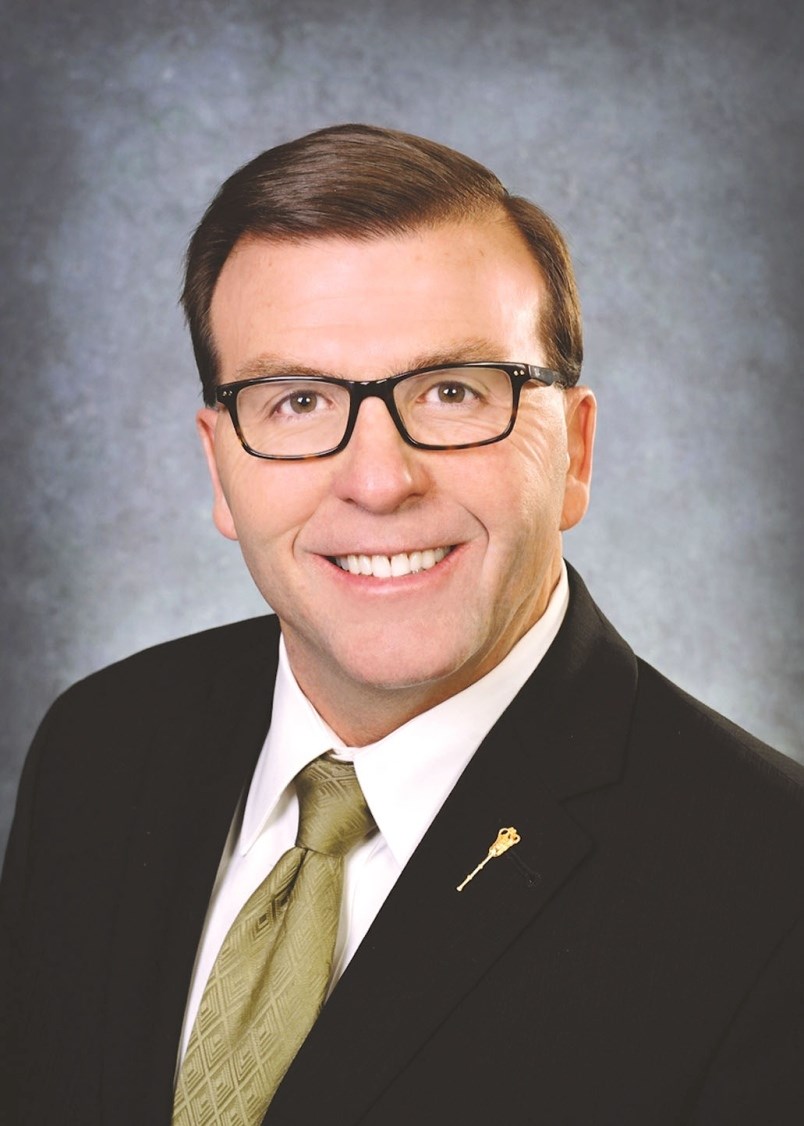The COVID-19 pandemic threw a wrench in the works when it came to the Saskatchewan provincial budget, throwing off projections and forcing the government to go back to the drawing board.
Yorkton MLA Greg Ottenbreit said that when they originally planned the budget, they were projecting balance with a small surplus, but the challenges with COVID-19 meant that they had to revise plans, though they did get their expenses out in front of residents and the opposition for the sake of transparency.
The provincial government will run a deficit of $1.9 billion in 2020, and Ottenbreit said that the deficit is going to be aimed at economic recovery, specifically with a focus on infrastructure investment to get people working and doing needed work across the province. There will be $3.1 billion in capital investments in the province over the next year through a range of different programs.
“These infrastructure programs are substantial, and they do serve our province for decades to come.”
The capital plans released in March are estimated to create 17,500 jobs and $1.8 billion of the GDP. This budget saw an additional $2 billion in stimulus capital projects. The goal is to provide employment as the province gets back to work, Ottenbreit said, and kick start the economy.
“Strong numbers that will drive up our debt by a certain extent, but again investing in things that are not short term, but long term, and will provide dividends to the province.”
Yorkton will see planning begin for the Yorkton Regional High School improvements, and construction beginning for passing lanes through the region. There is also $500,000 in planning and scoping money for an upcoming health facility in Yorkton, which Ottenbreit said is much needed.
“That gets that project more noticed and into the queue for eventual construction.”
While they are running a deficit, Ottenbreit said that they feel it’s the right time to kick start the economy, but that the projects they are choosing will last a long time.
“Some would do stimulus by just throwing money out there, and there are not many net benefits out there to be realized or seen visibly. Projects like this will serve citizens for decades to come. This isn’t things that will last a year or two, these are buildings that will improve safety, improve quality of life for citizens for a long period of time.”
While he said that the provincial government doesn’t typically like running a deficit, he equates it to an expense like a new house or car, something people rarely have the cash on hand to purchase.
“I would argue it’s different from the former administration. What we saw from the former administration was operational debt that would fund the operating of the province. Here, we essentially don’t have a lot of operating debt, it’s all capital debt for infrastructure projects that are tangible, that we’re paying on things that we will have for years to come.
The COVID-19 response also lead to additional supports in the province, as well as augmenting the health system in order to keep the province prepared, such as programs focused on small business support – $50 million to the Small Business Emergency Fund which will provide support to businesses that had to close or curtail operations – rent assistance, ag and livestock producer assistance and a temporary wage supplement.
“We wanted to make sure there were as many gaps filled as possible.”
There will also be tax incentives. Personal taxes will be fully indexed to protect from bracket creep. There will be PST incentives on new home builds, as well as incentives to promote oil and gas, and incentives to encourage value-added business incentives in the province. There will also be offices established to promote exports in new markets. There will be development in irrigated agriculture as well.
The health budget is up 4.9 per cent, with additional focus on mental health services. There is $430 million in mental health and addictions funding in this budget, bringing it to 7.5 per cent of the increased budget.
“We’re on the right track there, but we know there’s more to do.”
Education funding will also see an increase, spending $3.36 billion, with a 2.4 per cent increase in K-12 funding and $42 million increase in operating funding as well. There will be a $58 million increase to Social Services, to $1.4 billion. There will be an additional $85 million towards the Saskatchewan Safety Agency to react to emergencies.




